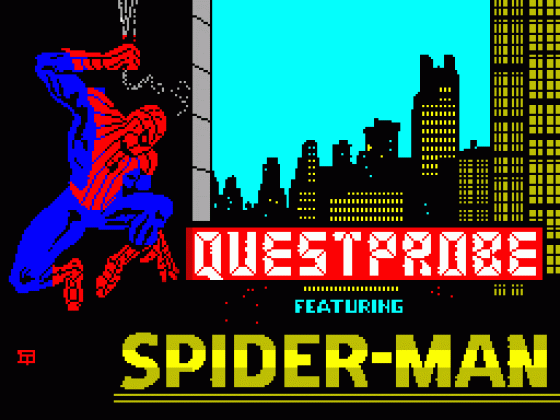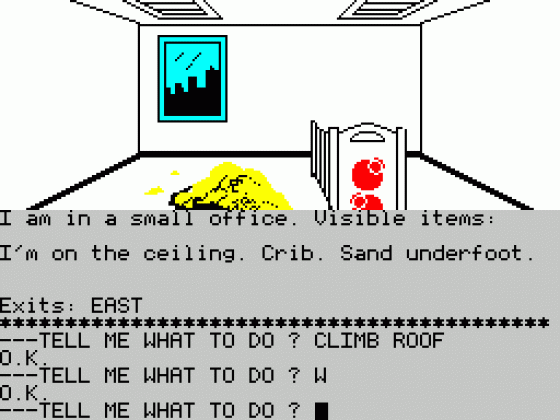Other Reviews Of Spiderman For The Spectrum 48K
Spinning A Wacky Web
The amazing Spider-Man, like his comic strip colleague the Hulk, has entered the realm of advantage games. Bob Chappell marvels at Spidey's progress.
Spider-Man (Adventure International)
A review by D.M. (Home Computing Weekly)
Spiderman (Adventure International)
A review by Greg Turnbull (ZX Computing)


 1st March 1985
1st March 1985

















